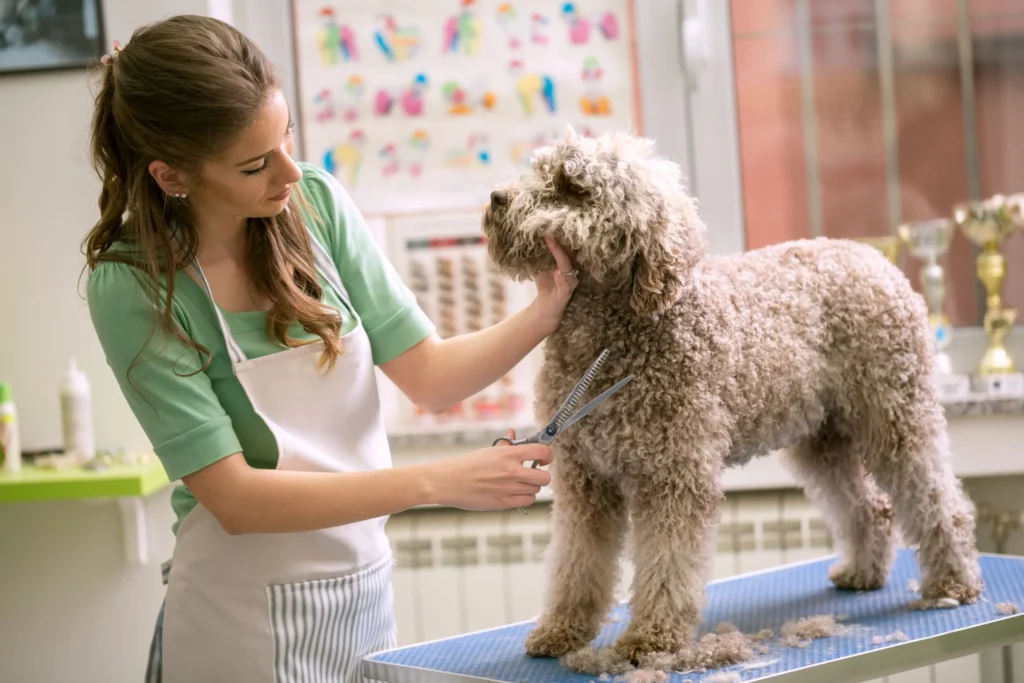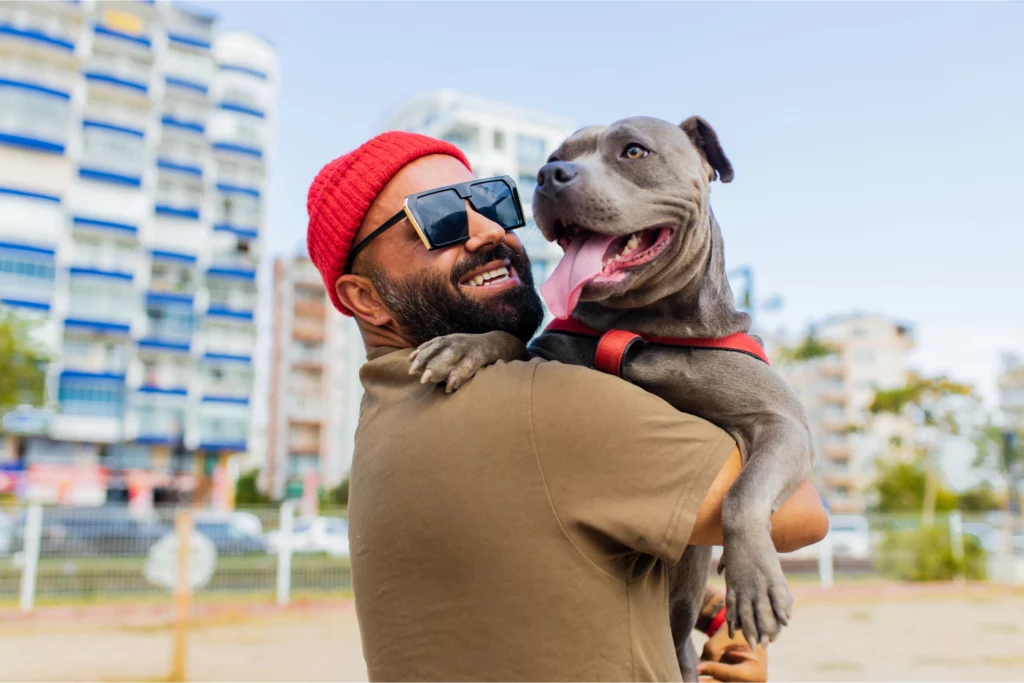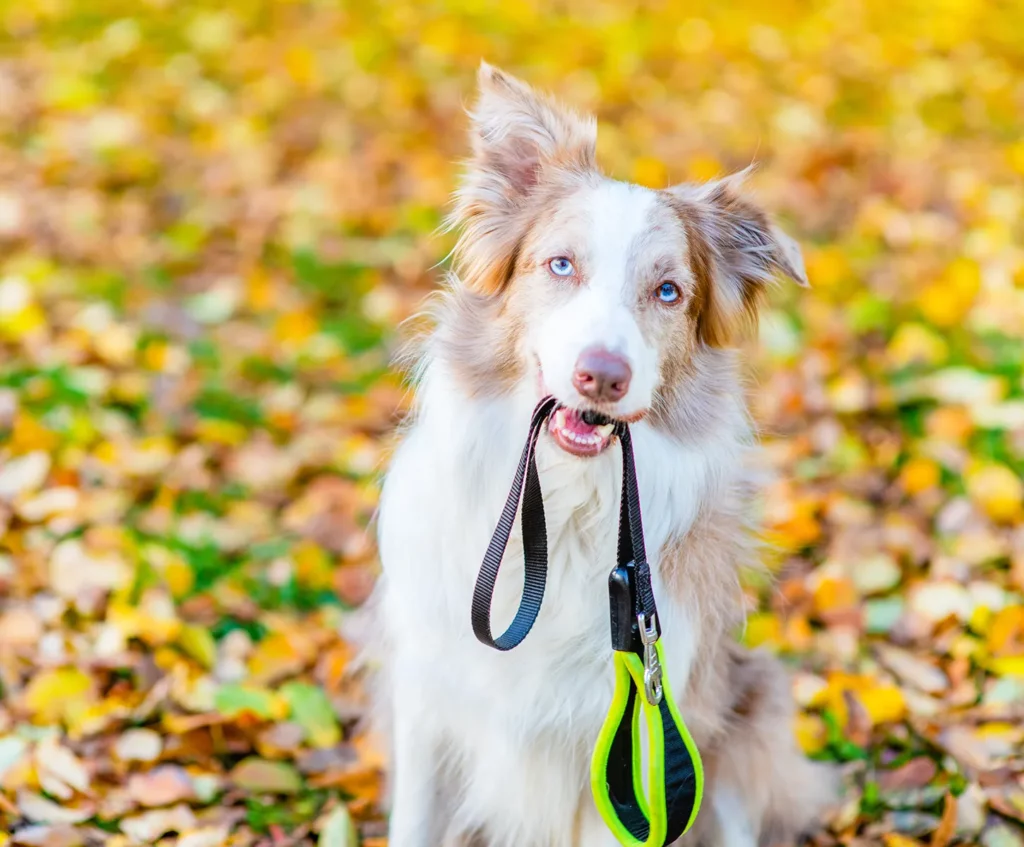Pet Care Insurance Blog
Pet industry news, hot takes, and data-driven tips to grow your pet business. This month: holiday pet dangers (+ free social graphic) and senior pet...
Imagine happy pups leaving your salon with fresh trims and wagging tails, and pet parents ready to book their next appointment. Starting a dog grooming...
Walk dogs, get paid, repeat! Find out how to become a dog walker on Rover, from acing the application to booking your first clients through...
Want a flexible side hustle? Learn how to become a dog walker on Wag with our easy guide, plus tips for getting approved, finding clients,...
If you’re a regular at the dog park or only recently dipped your paws in, finding the right dog walking products can feel overwhelming. From...
Pet industry news and data-driven tips to grow your pet business. This month features pet trends you can't miss and your rescue pets....
Annual Pet Care Insurance Policy
This policy is for professionals who work in the pet care industry.
Starting at:
$139
Not ready to purchase at this time?
Set a reminder to come back at a more convenient date.
Contact Info
7:00am – 5:00pm MT | Mon – Fri
Call: 844-520-6990
Email: info@petcareins.com





